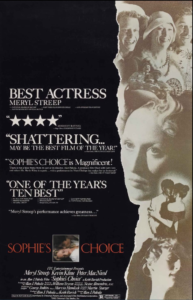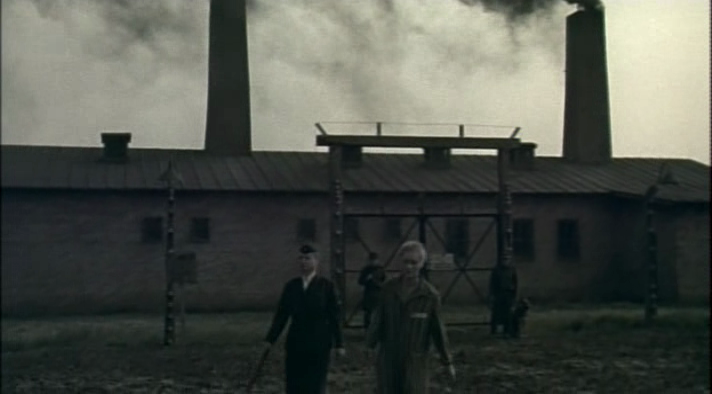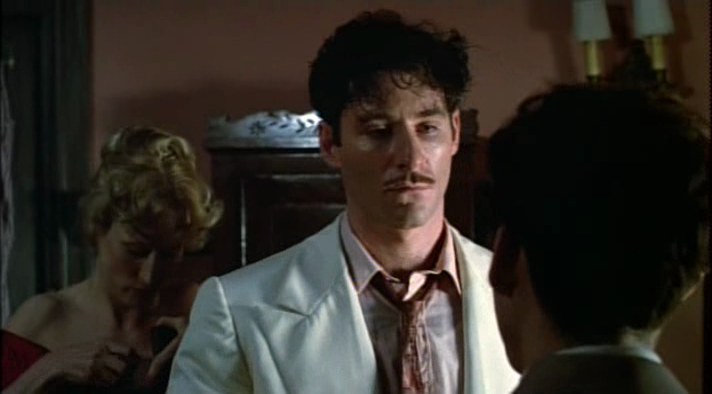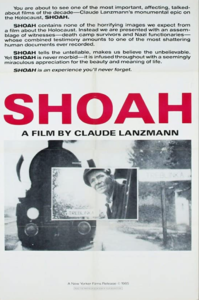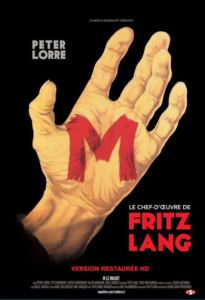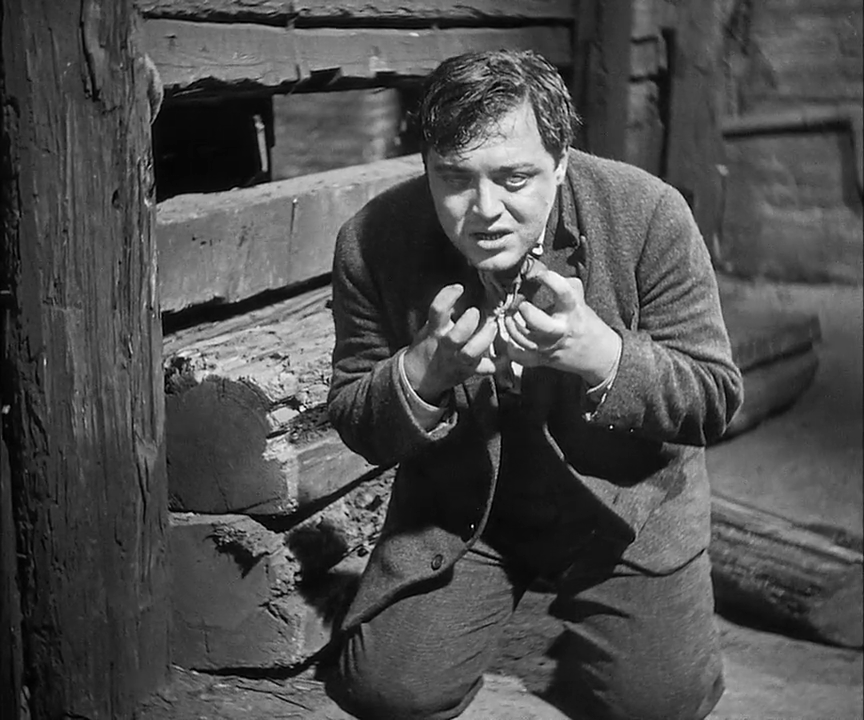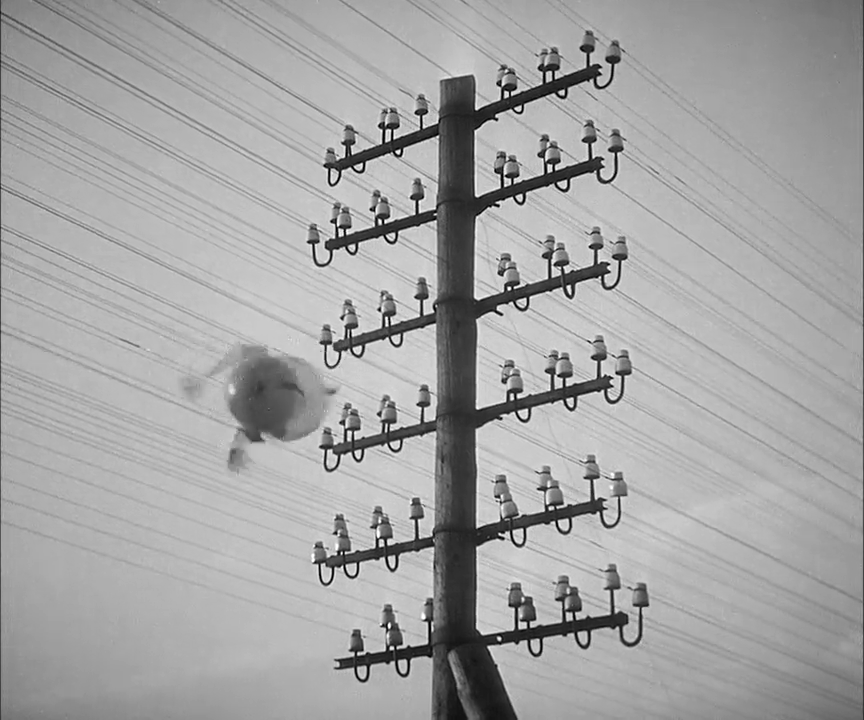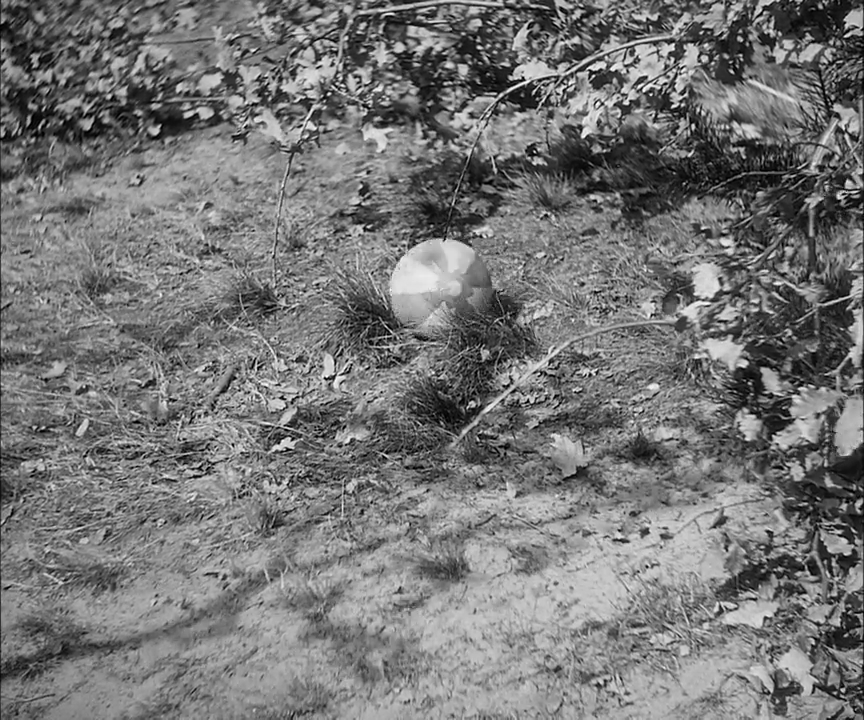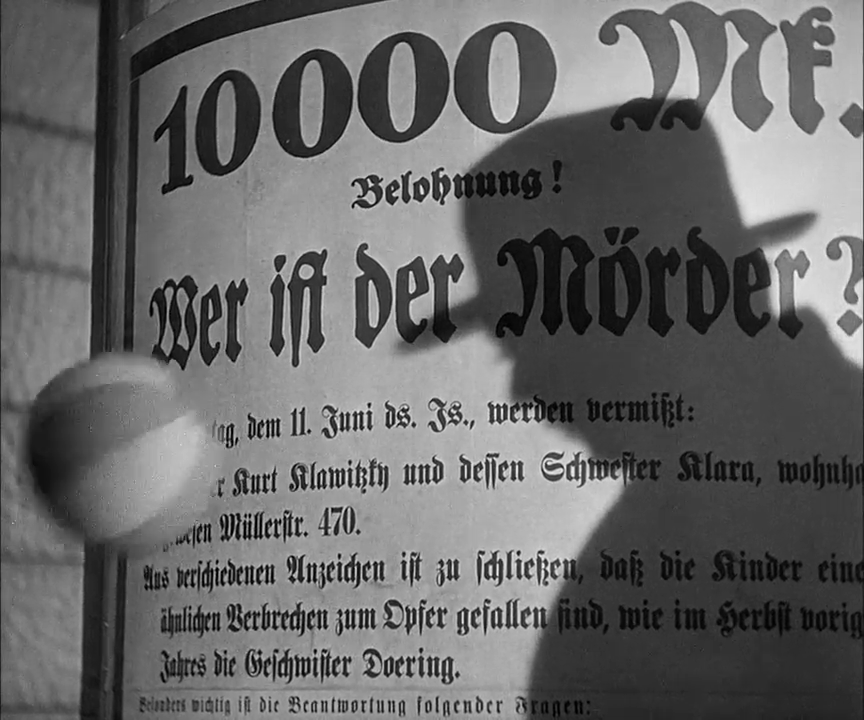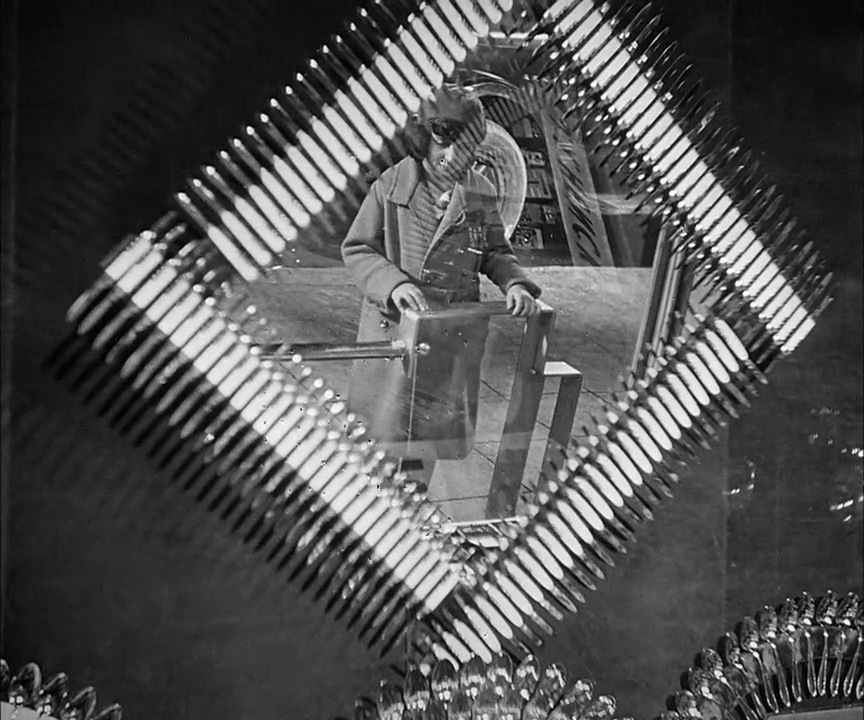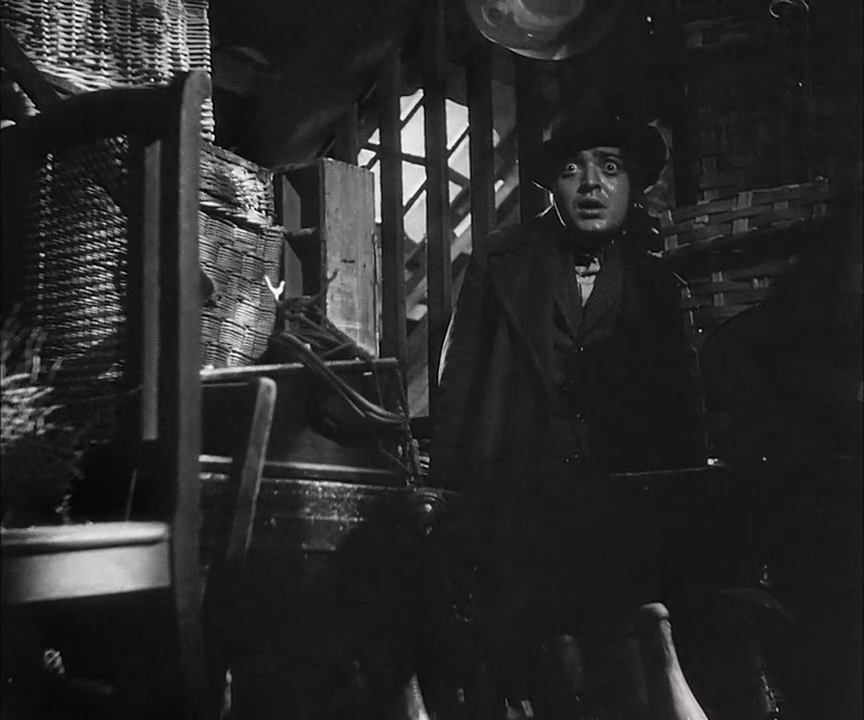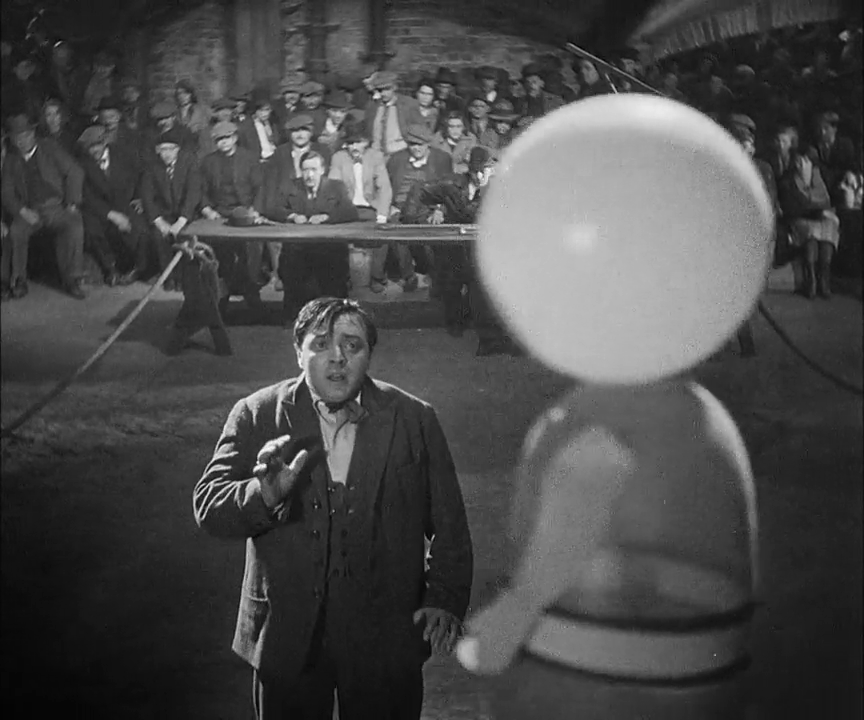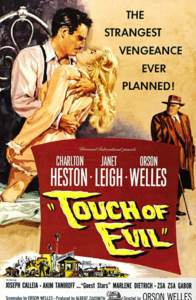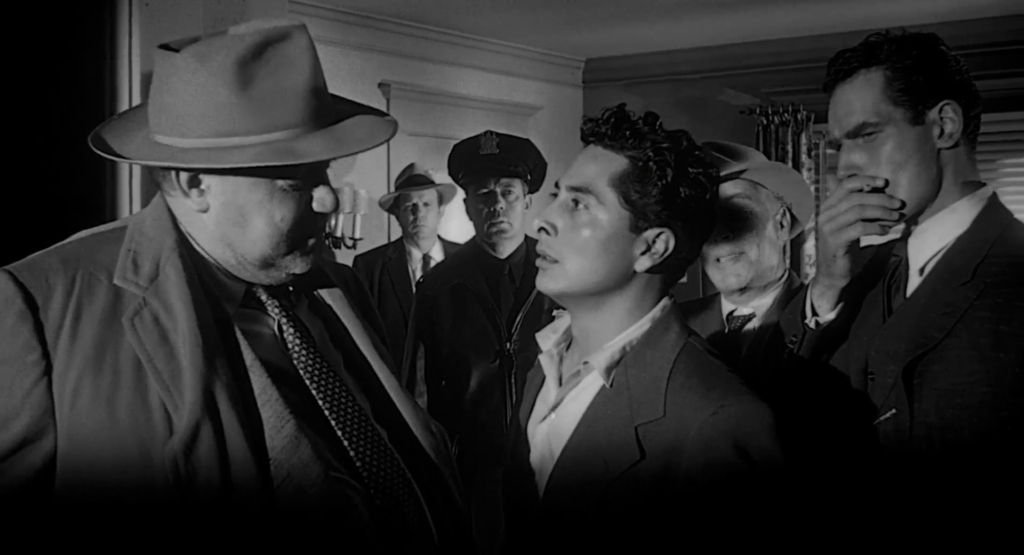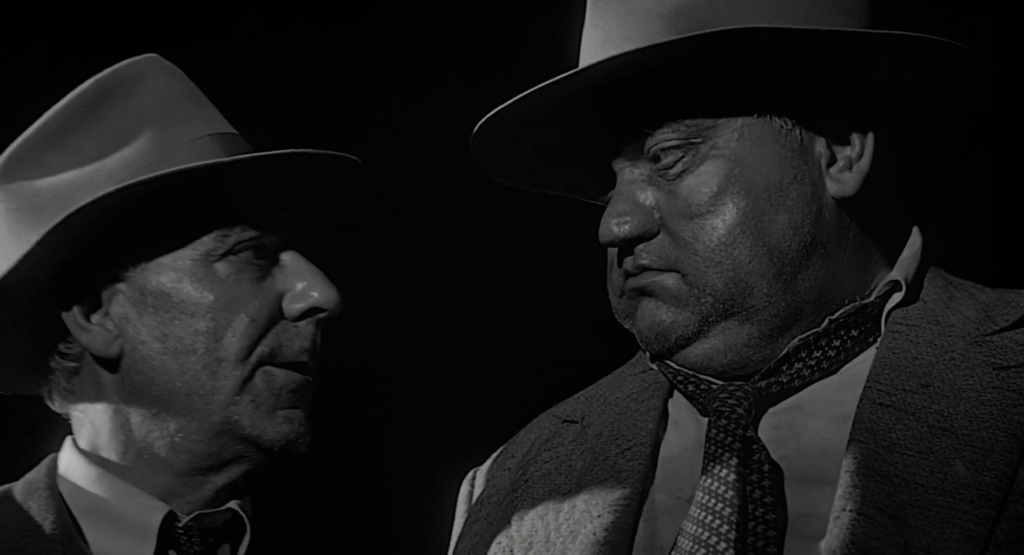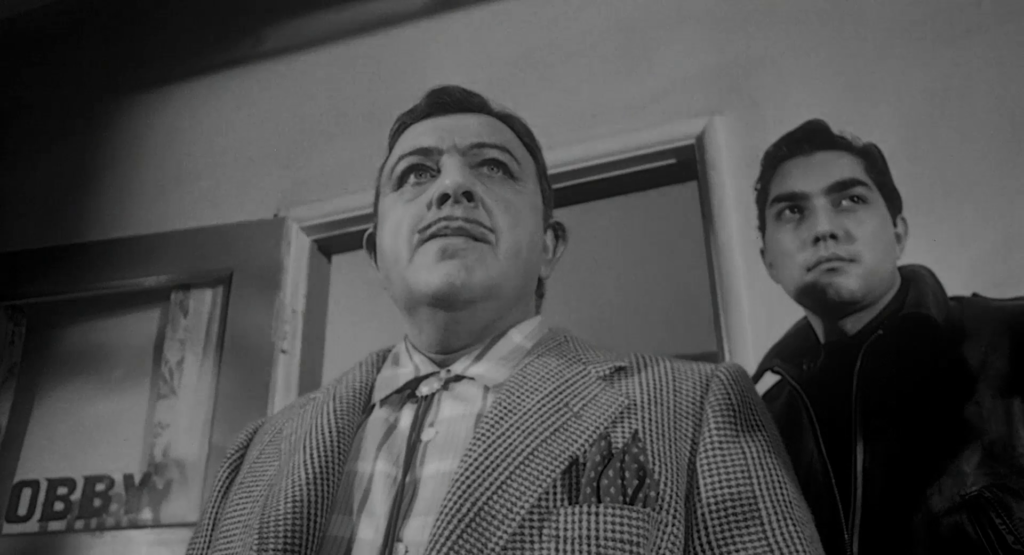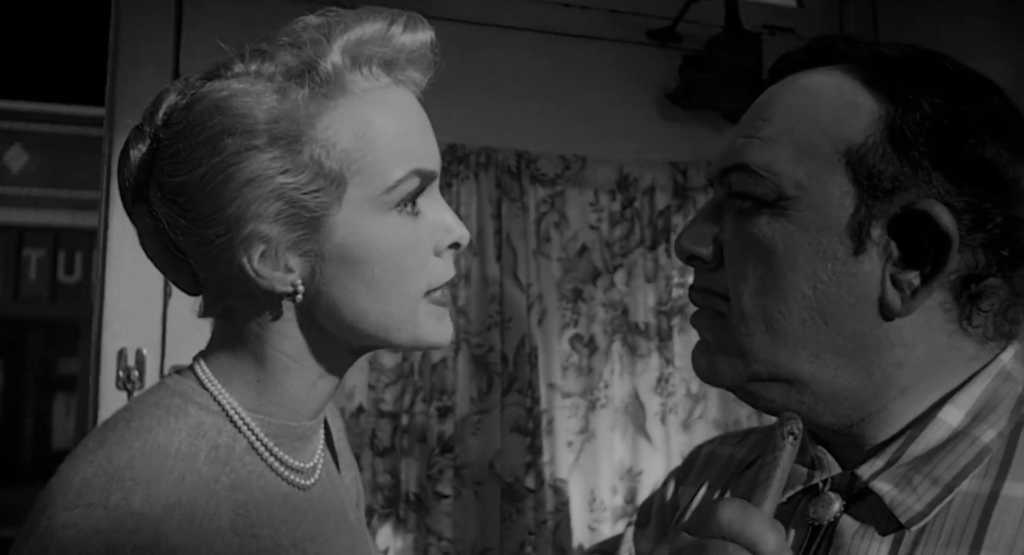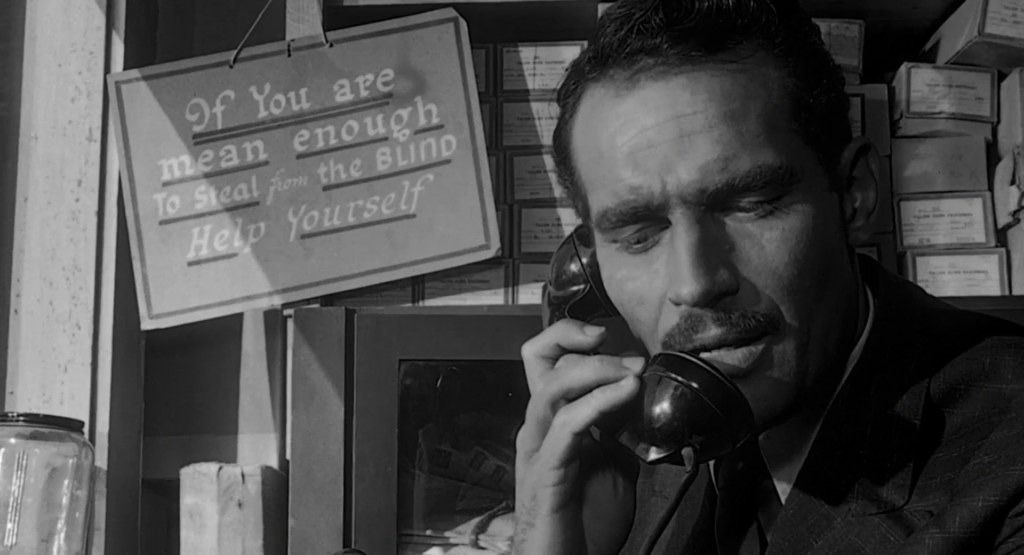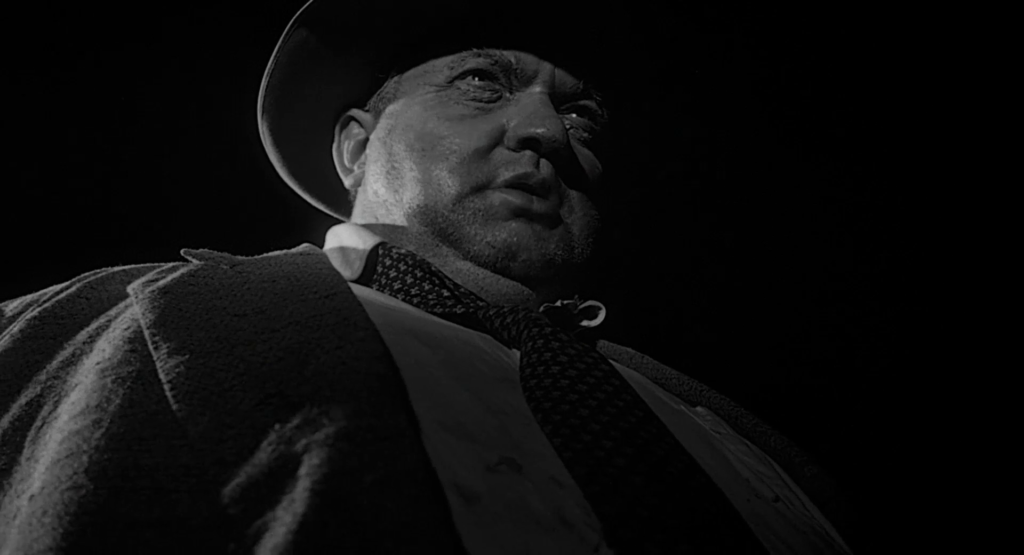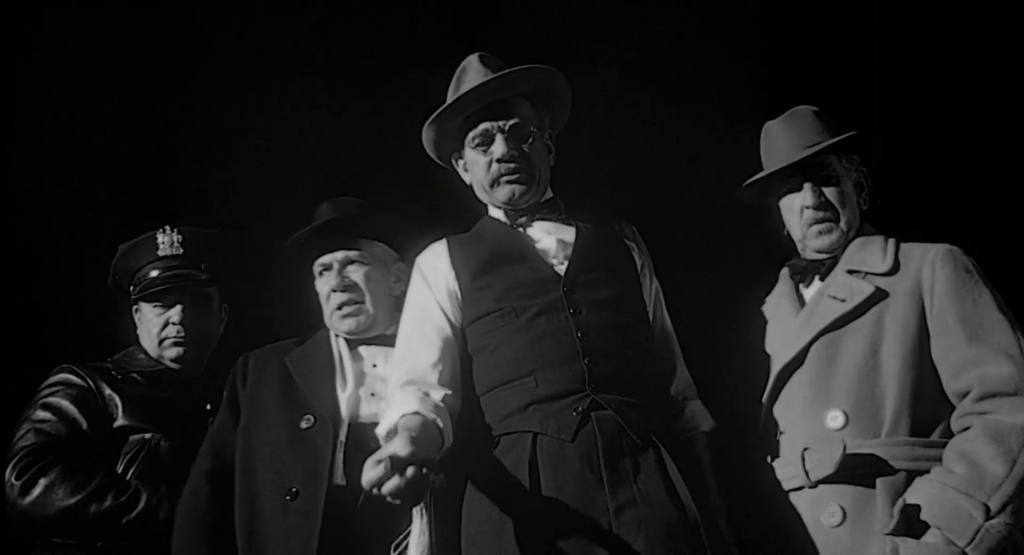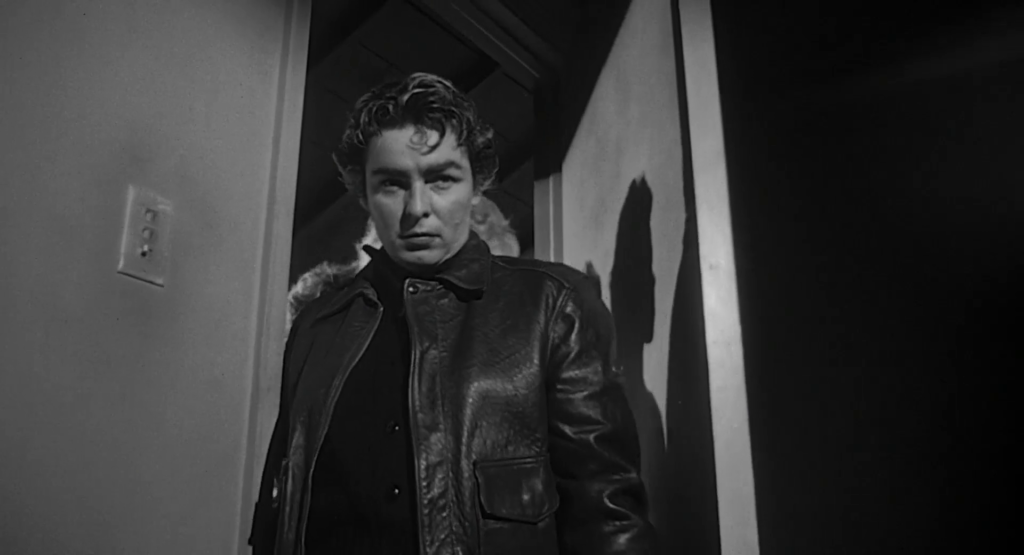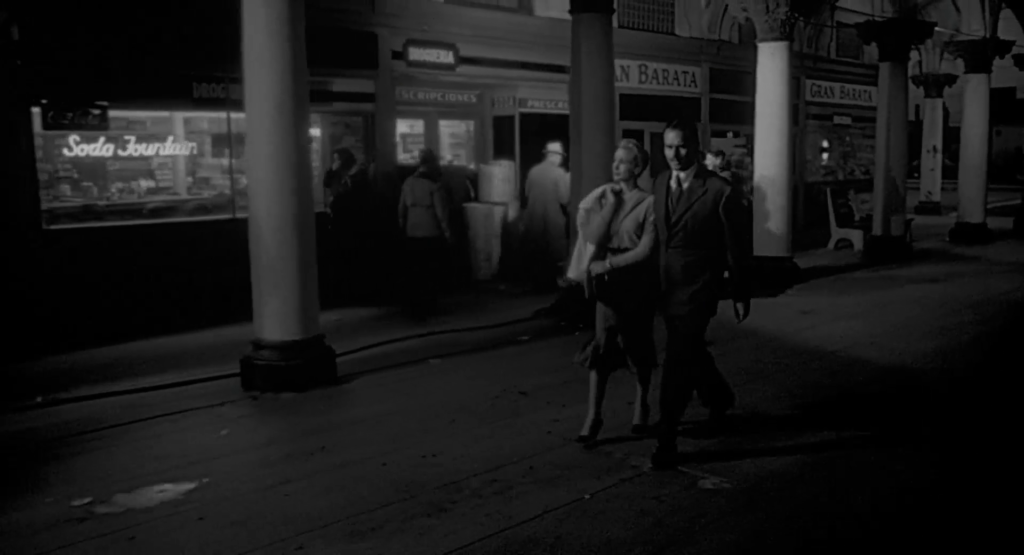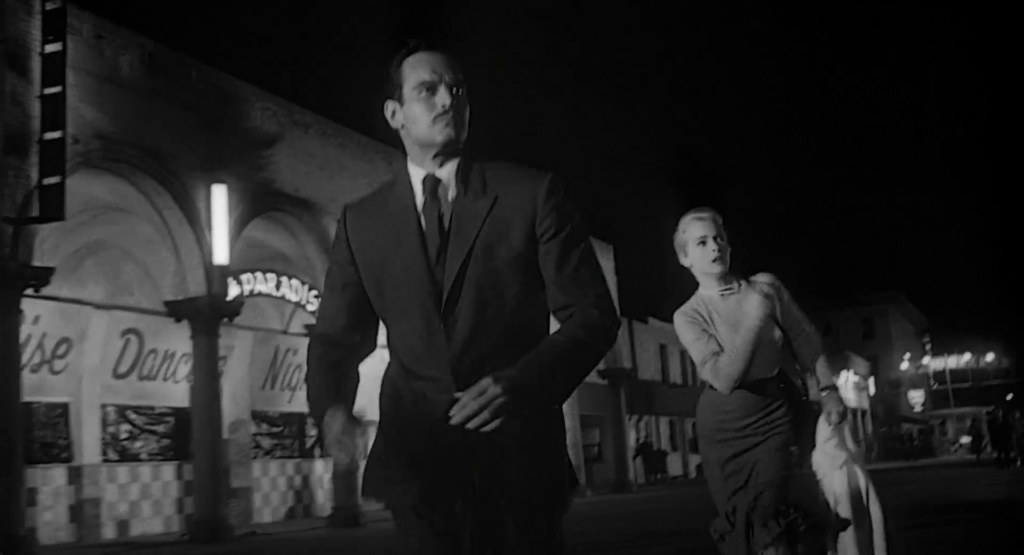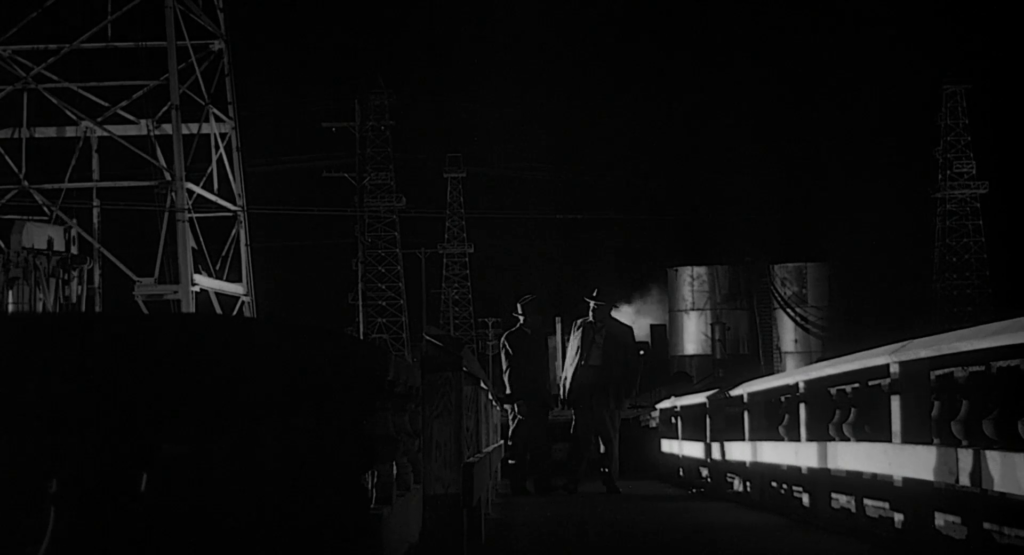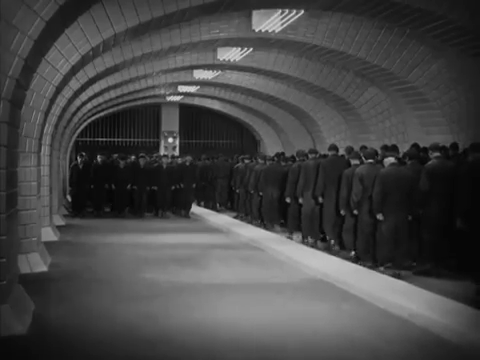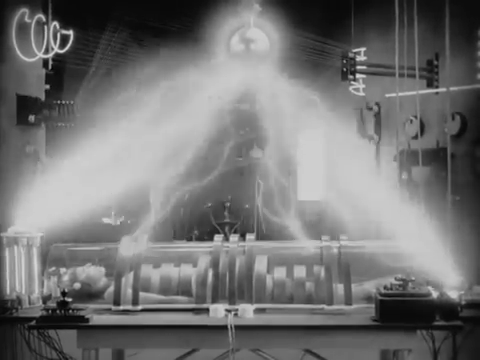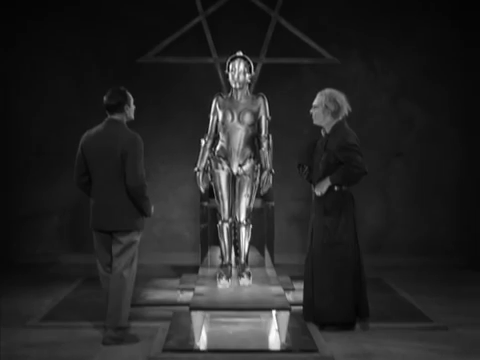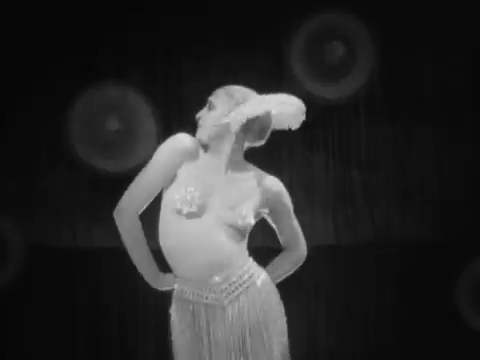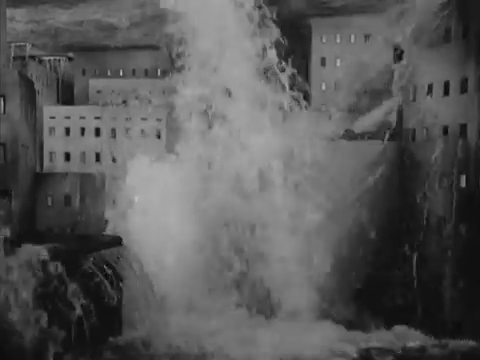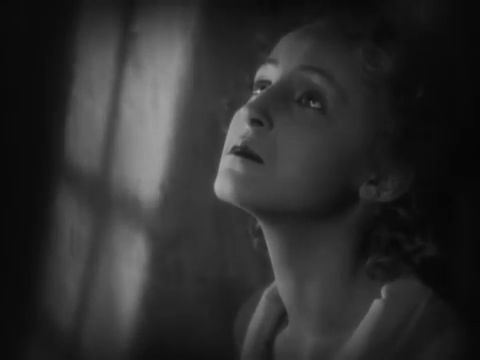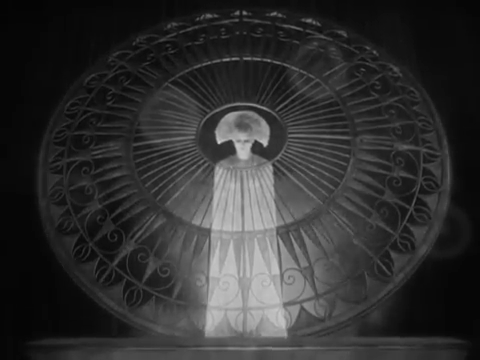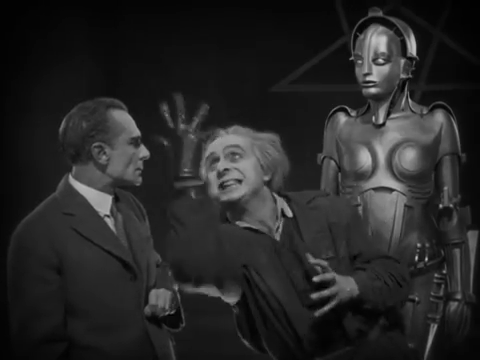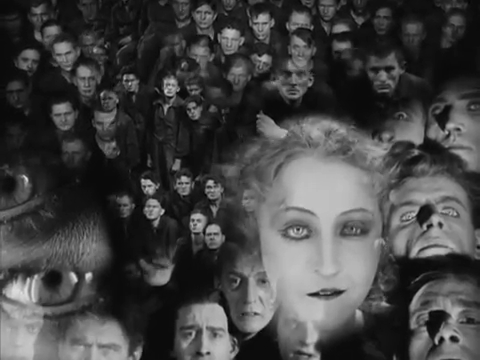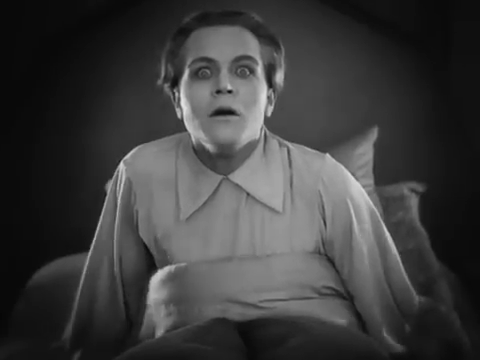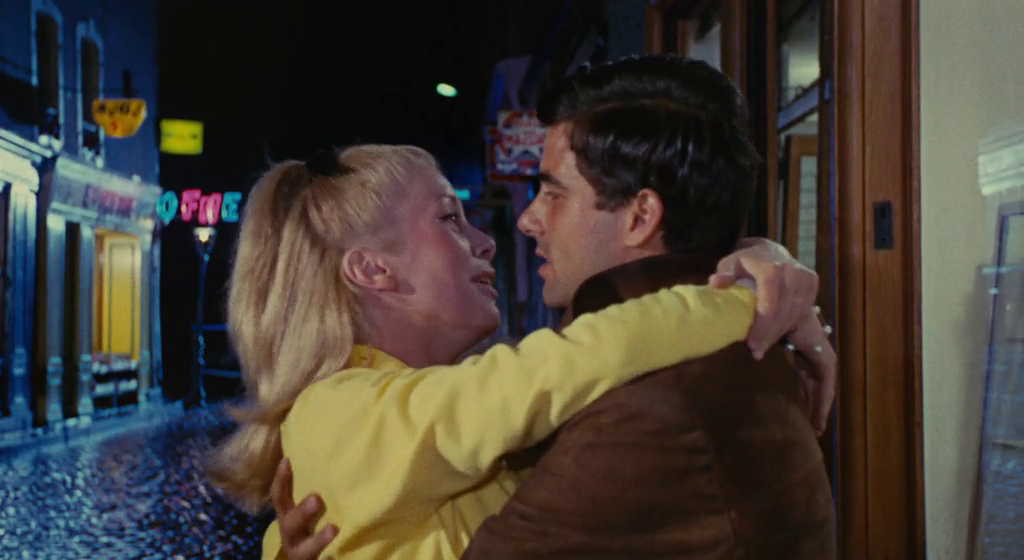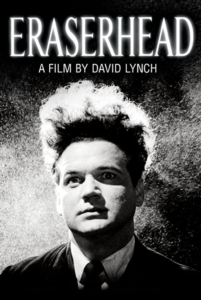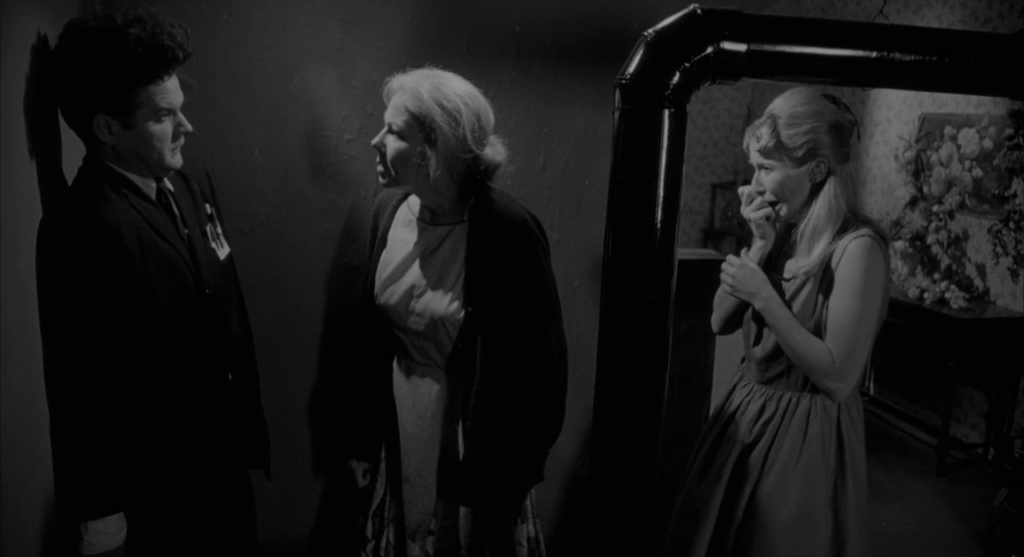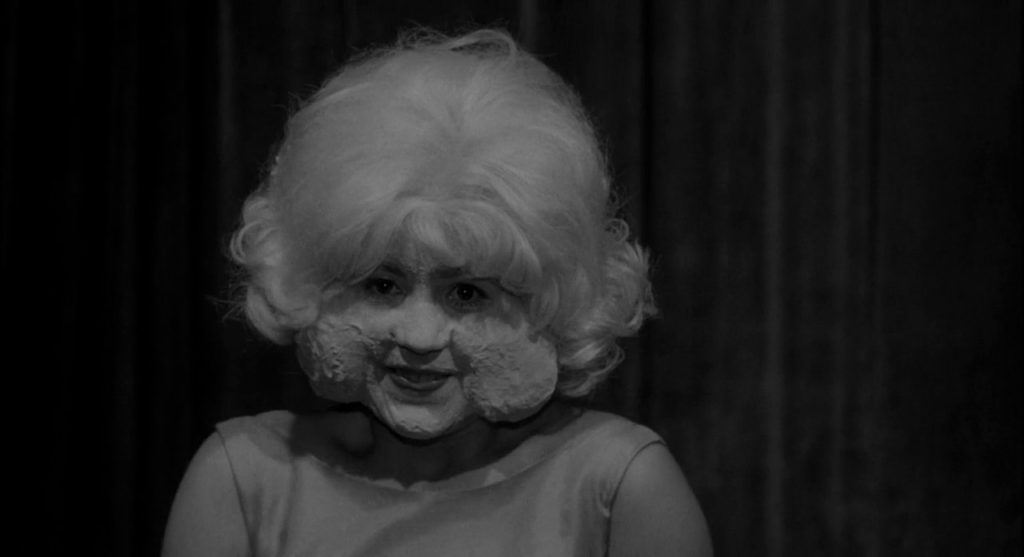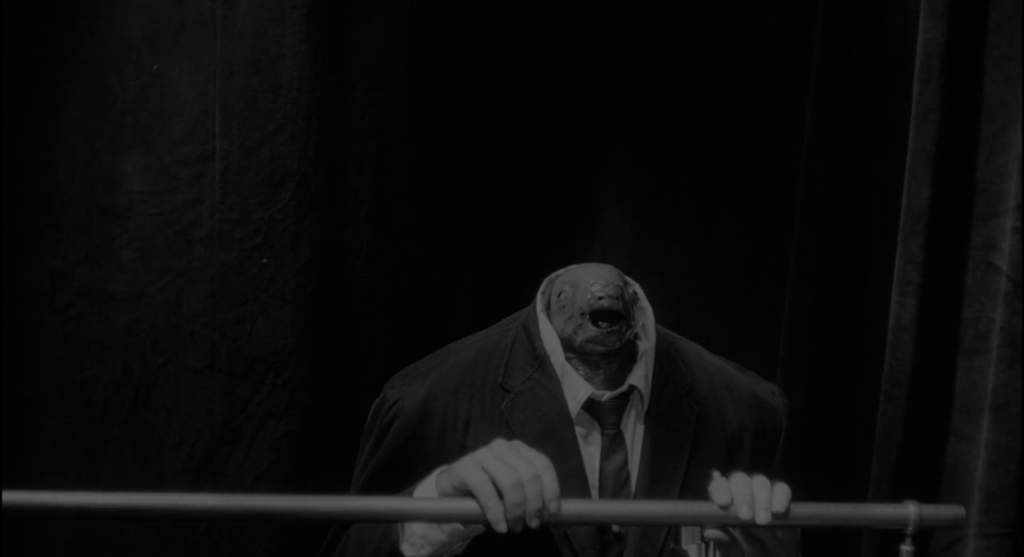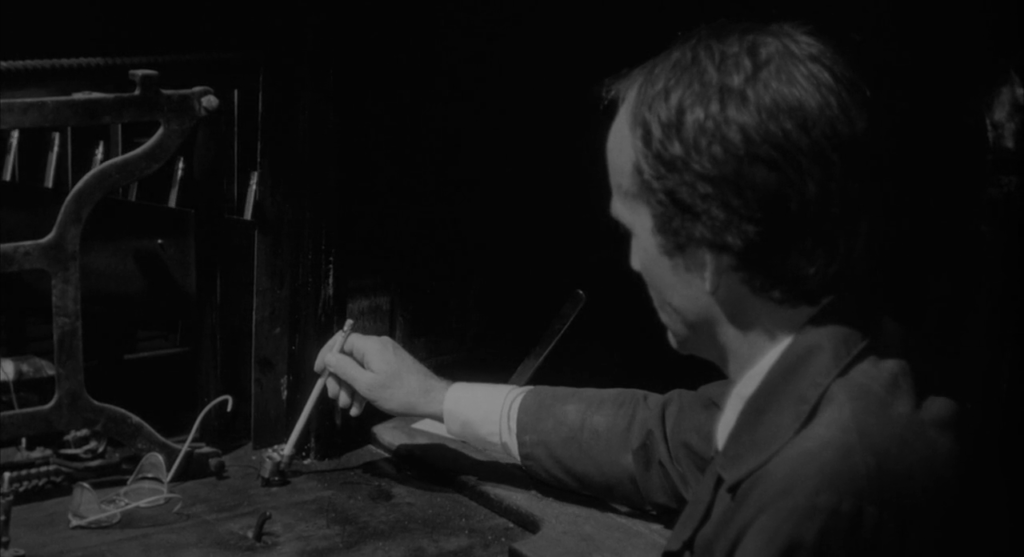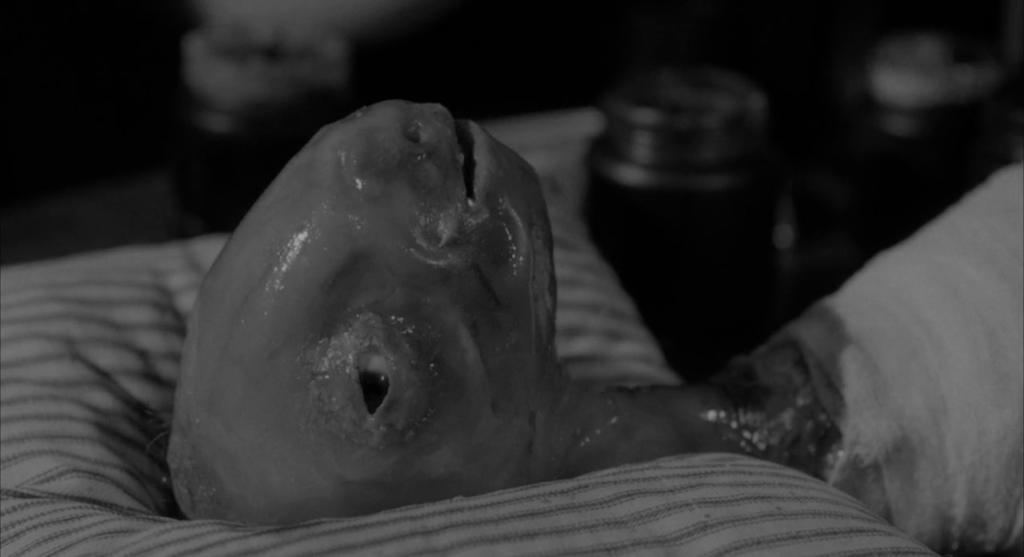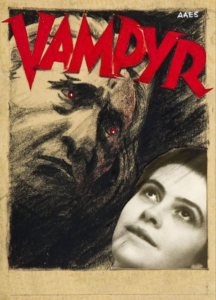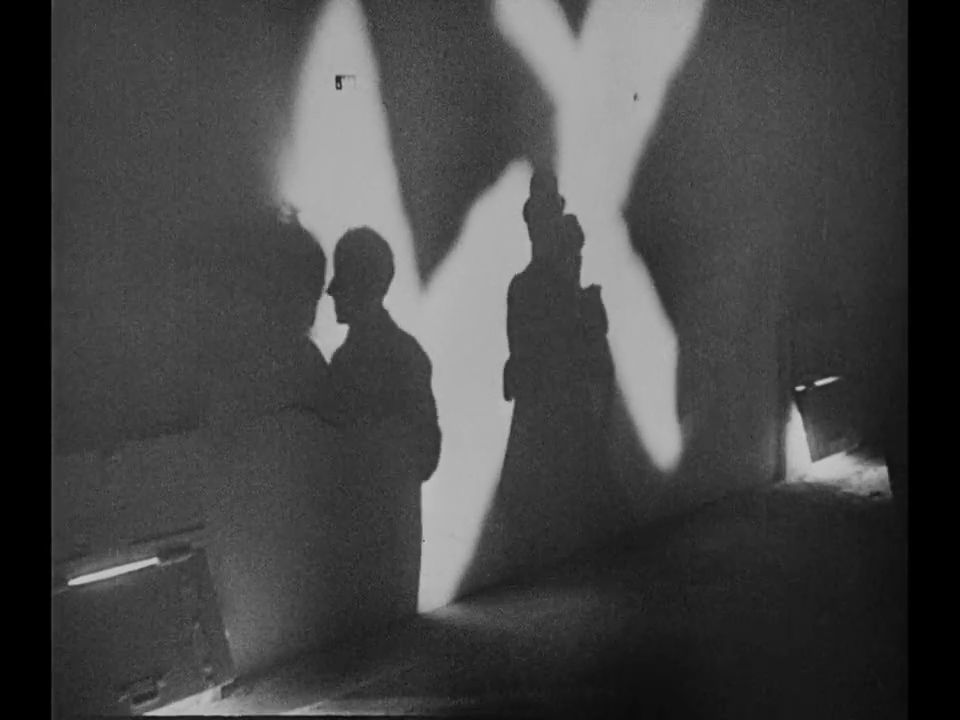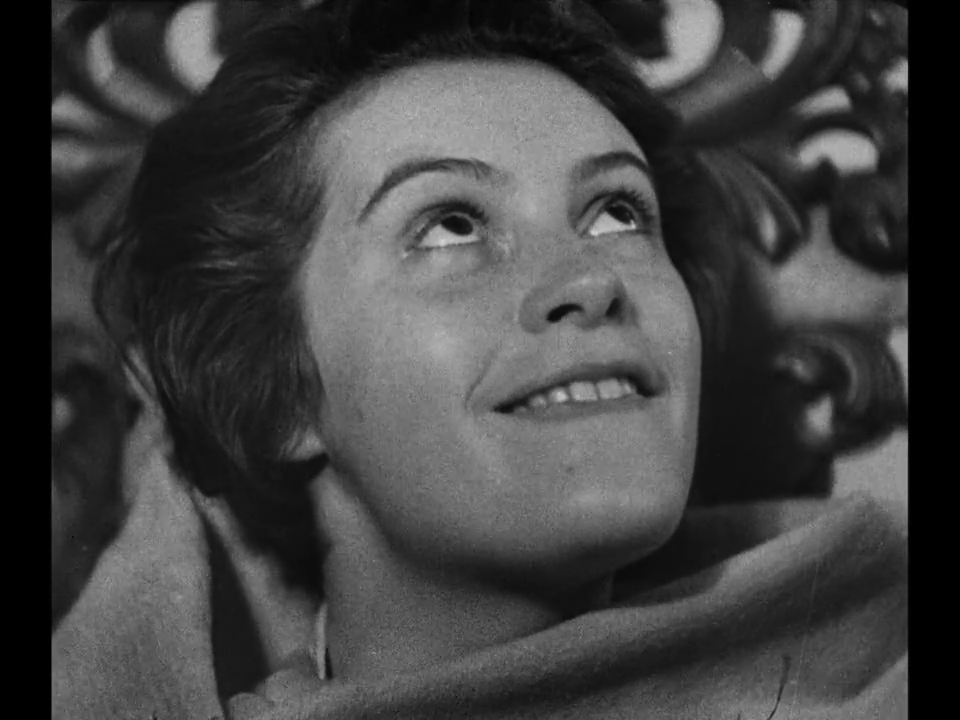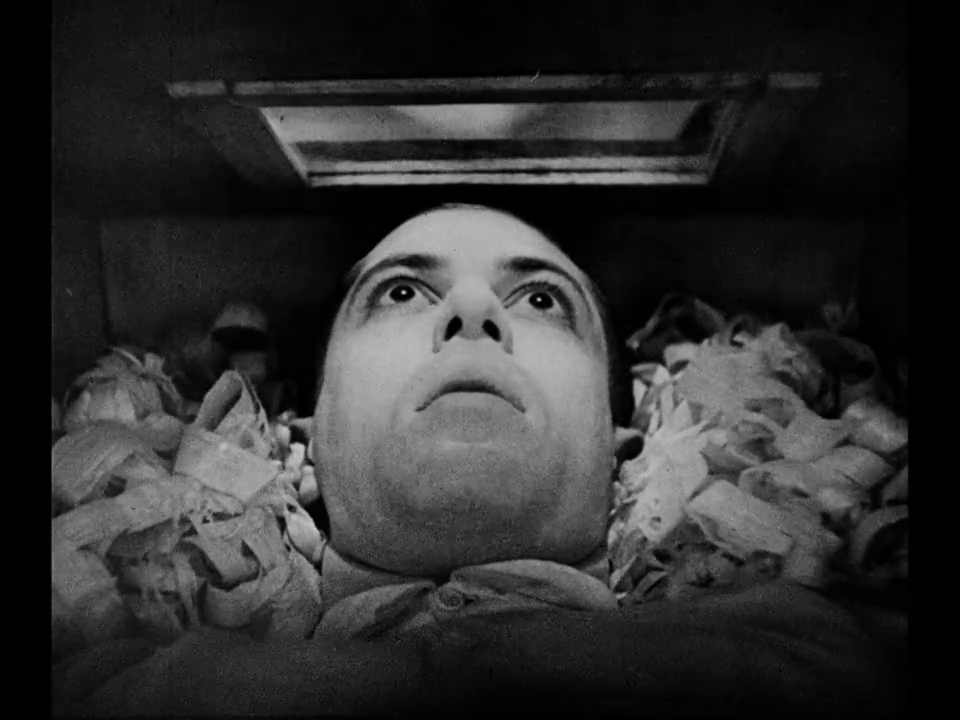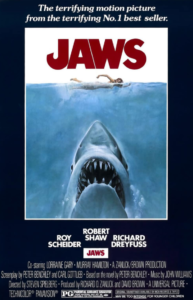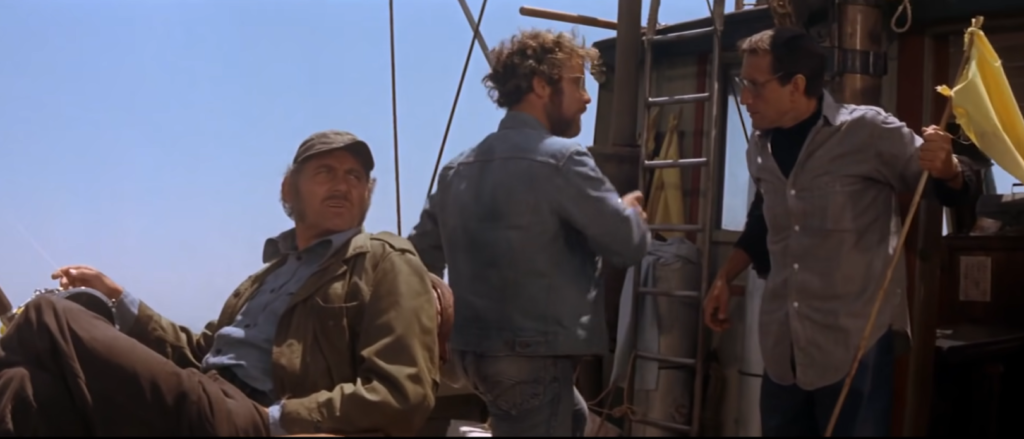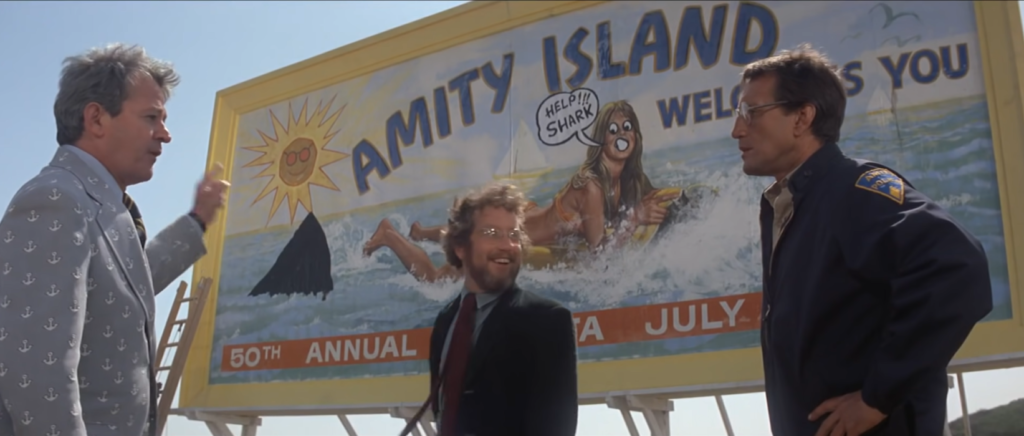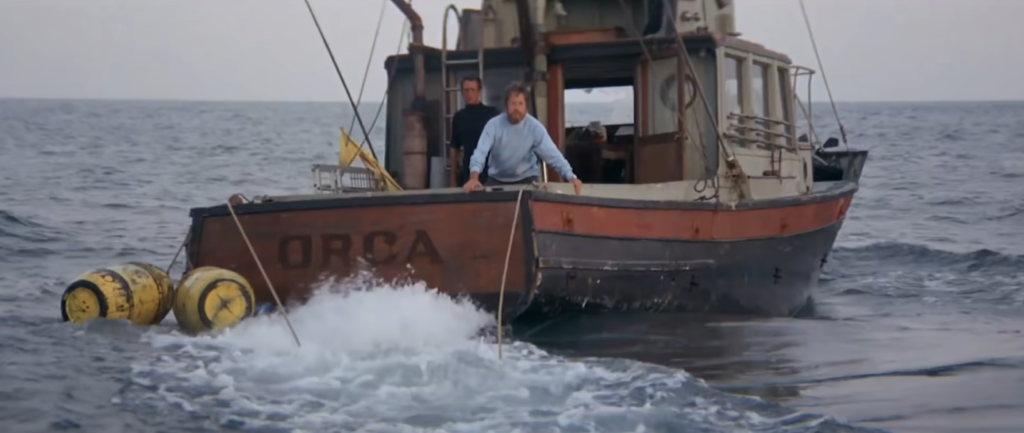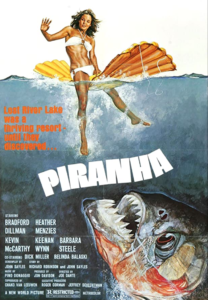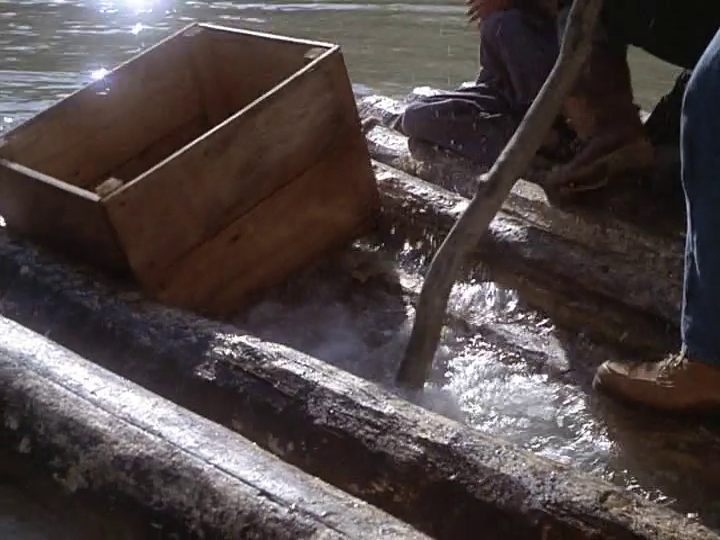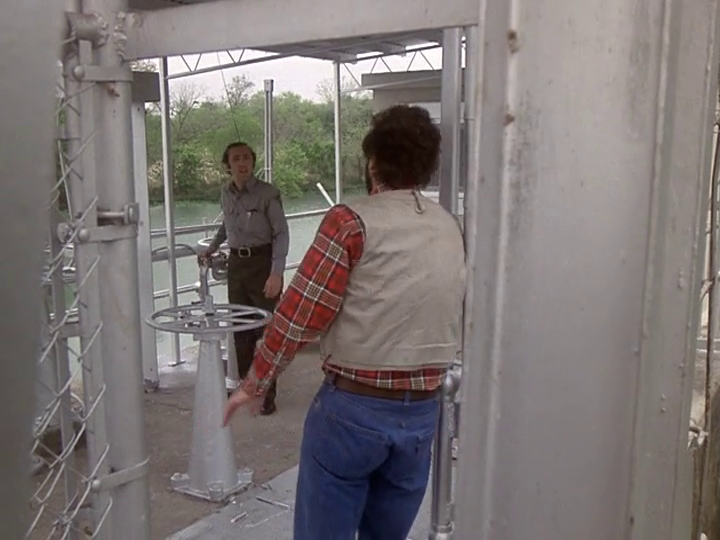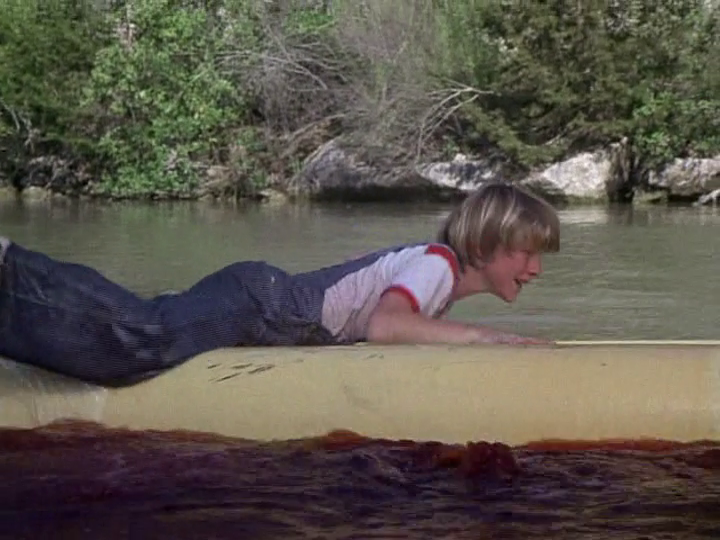|
Genres, Themes, Actors, and Directors:
- Documentary
- Jews
- World War II
Response to Peary’s Review:
In his “oral history of the systematic extermination of Jews by the Nazis in Treblinka, Auschwitz, Chelmno, and other concentration camps,” director Claude Lanzmann “uses no archival footage but instead takes his cameras to the concentration camp sites and surrounding areas to see what they are like today.” When “he takes us through Auschwitz and down into the cremation chambers,” it’s “a terrifying experience” — and when “he takes us to Treblinka,” we see “where the gas chambers stand solitary in the wilderness like Mayan pyramids in Mexico.” Meanwhile, “at Chelmno it’s hard to tell a camp existed.”

Lanzmann interviews many different impacted individuals, including “concentration camp survivors (their stories are horrific) who often did special work duties that kept them alive (one cut hair of women going to the gas chamber, another cleaned the crematorium, etc.).” They tend to “talk without emotion, then something snaps and they burst into tears, and Lanzmann [controversially] urges them to continue.”
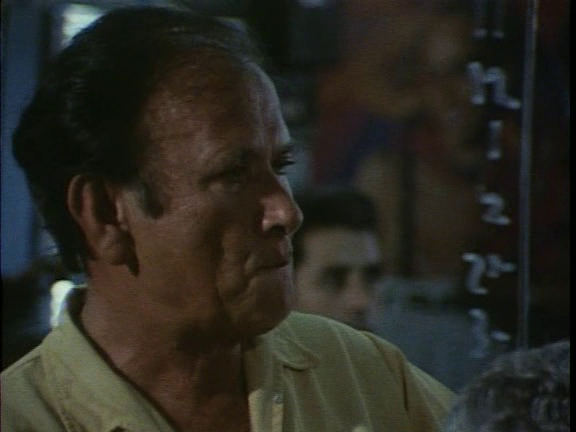
Indeed, it may seem that Lanzmann is exploiting the “survivors, forcing them to reopen old wounds for what he believed would be the definitive film about the Holocaust” — but, Peary asserts, “because it is not, what they go through for him isn’t worth it.” Lanzmann “also speaks to former Nazis, a Polish train engineer who transported Jews to Treblinka:
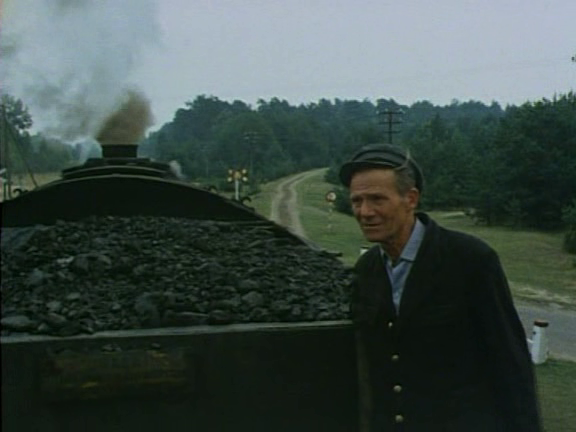
… and the people who lived by the camps.”

He points out that “what is most terrifying is that these people would [seemingly] not protest the roundup and extermination of the Jews if it happened again” — unless, perhaps, it’s to protest the trauma they are put through in having to watch such atrocities occur; as one bystander casually notes:
“[It] gets on your nerves, seeing that every day. You can’t force a whole village to watch such distress.”
Peary calls out a particularly “revolting” scene in which the “one survivor of Chelmno stands with his Christian ‘friends’ outside a Roman Catholic church” and hears how “the people didn’t like the Nazis but still talk about how God intended Jews to be punished for what happened to Christ.”

Peary argues that while the survivors suffer in telling their tales, “we viewers do benefit from each recollection, each harrowing detail about the slaughter. And the obsessive Lanzmann insists on details: we get exact accounts of what happened, involving the amount of time prisoner trains took to reach the camps from their destination, what the prisoners were wearing, [and] how they were greeted by the Nazis at the camp.” Peary adds that while the “first half of the film contains much unforgettable material, [the] second half goes off on too many tangents (i.e., a long recollection about the Warsaw ghetto)” and “by the end you’re sick of Lanzmann (who often acts like Mike Wallace at his worst) and his techniques.” He concludes that this film remains “important viewing, but not consistently powerful, though it should be, considering its subject.”
I disagree with Peary on several of his points: I don’t think it’s up to us as viewers to say whether it was “worth it” for the survivors to be pushed in the way they were, and I don’t believe Lanzmann becomes annoying. Meanwhile, the “tangents” in the final portion of this lengthy film serve as an invaluable back-story for everything we’ve seen and heard until then: by starting with footage of the death camp sites, then moving back and forth in time and space to talk with various people who either participated in or saw what was taking place, we gradually build a collective sense of how this years-long genocide unfolded.
Indeed, Lanzmann is incredibly clear about what he’s determined to document, and refuses to compromise on his vision. Once you give in to the fact that this film 9 1/2 hour film will not relent — instead forcing you to watch, listen, absorb, and make sense of people’s memories without the mediating support or distraction of historical visuals — you begin to appreciate what Lanzmann is doing, and how, and why. Quotes from participants become seared into your brain:
“I was thirteen, and all I’d ever seen until then was dead bodies.”
“With rubbish, paper, and gasoline, people burn very well.”
“Claude, you asked for my impression: if you could lick my heart, it would poison you.”
In response to a question about his stylistic choice to not show any archival footage or stills, Lanzmann at one point noted that not a single photo actually exists of activity within the death camps — so, the only way to try to document this historic atrocity s to talk with people who were there. And if hearing Nazi bureaucrats discuss the logistics of exactly how the death camps operated doesn’t convince you, then what will? Take, for instance, this excerpt from Lanzmann’s interview with war criminal Franz Suchomel (being filmed secretly from a van parked outside):
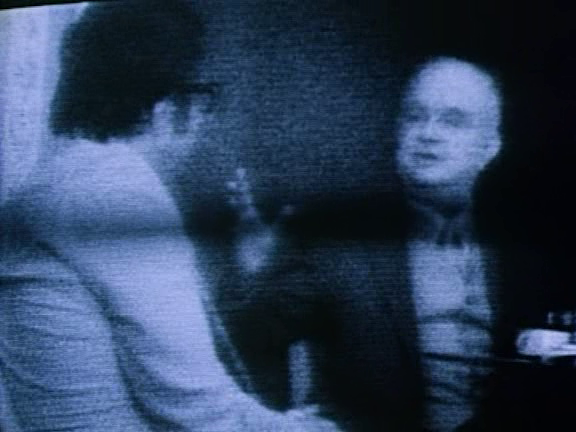
“Treblinka then [in August of 1942] was operating at full capacity… Trains arrived. The Warsaw ghetto was being emptied then. Three trains arrived in two days, each with three, four, five thousand people aboard, all from Warsaw. But at the same time other trains came in from Kielce and other places… What’s more, the cars were French, made of steel. So that while 5,000 Jews arrived in Treblinka, 3,000 were dead. In the cars. They had slashed their wrists, or just died. The ones we unloaded were half-dead and half-mad. In the other trains from Kielce and elsewhere, at least half were dead. We stacked them here, here, here and here [points to a map of the camp]. Thousands of people piled one on top of another. On the ramp. Stacked like wood. In addition, other Jews, still alive, waited there for two days: the small gas chambers could no longer handle the number. They functioned day and night in that period.”
“We puked and wept… The smell was infernal… because gas was constantly escaping. It stank horribly, for miles around… It depended on the wind. The stink was carried on the wind… More people kept coming, always more, whom we hadn’t the facilities to kill. Those gents were in a rush to clean out the Warsaw ghetto. The [small] gas-chambers couldn’t handle the load… The Jews had to wait their turn for a day — two days, three days. They foresaw what was coming. They foresaw it. They may not have been certain, but many knew. There were Jewish women who slashed their daughters’ wrists at night, then cut their own. Others poisoned themselves. They heard the engine feeding the gas-chambers.”
“Because there were so many dead that couldn’t be got rid of, the bodies piled up around the gas-chambers and stayed there for days. Under this pile of bodies was a cesspool: 3 inches deep, full of blood, worms, and shit. No one wanted to clean it out. The Jews preferred to be shot rather than work there… It was awful. Burying their own people, seeing it all — the dead flesh came off in their hands.”
This lengthy narrative is followed immediately by interview clips with Jewish survivor Filip Müller, who describes what it was like to enter the incineration chamber in Camp 1 at Auschwitz and engage in disposal of corpses for hours on end — in his case, “doing the work” instead of “choosing” to be shot.
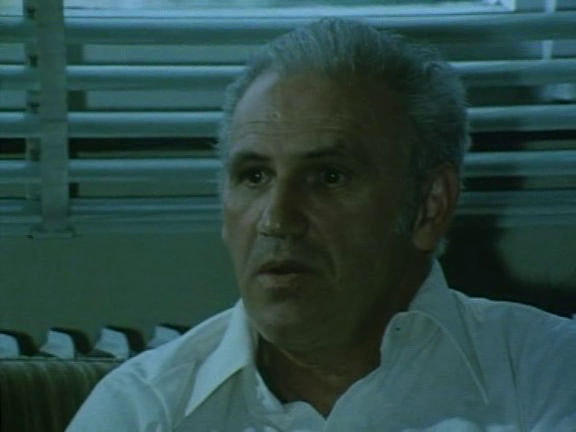
Suffice it to say that there is nothing in existence comparable to this documentary, which remains not only essential (albeit grueling) viewing for film fanatics, but an invaluable archive of facts that — shockingly — continue to be refuted and denied by some. Please do make the time and energy for it, though I recommend chunking it out into more manageable sessions (perhaps four).
Redeeming Qualities and Moments:
- Invaluable oral evidence of inexplicable atrocities

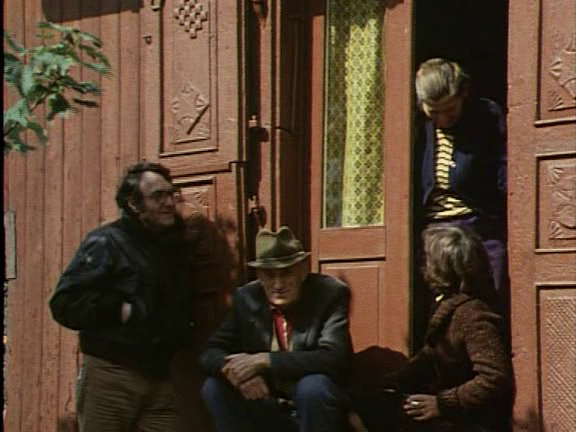
- Many raw, powerful moments
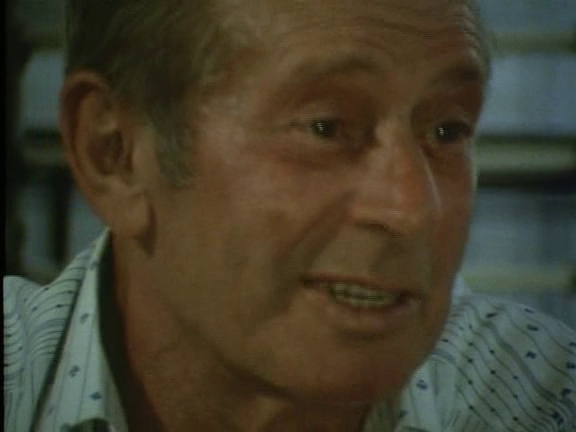

Must See?
Yes, for its ongoing historical and cinematic relevance.
Categories
(Listed in 1001 Movies You Must See Before You Die)
Links:
|
